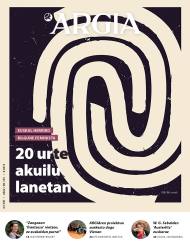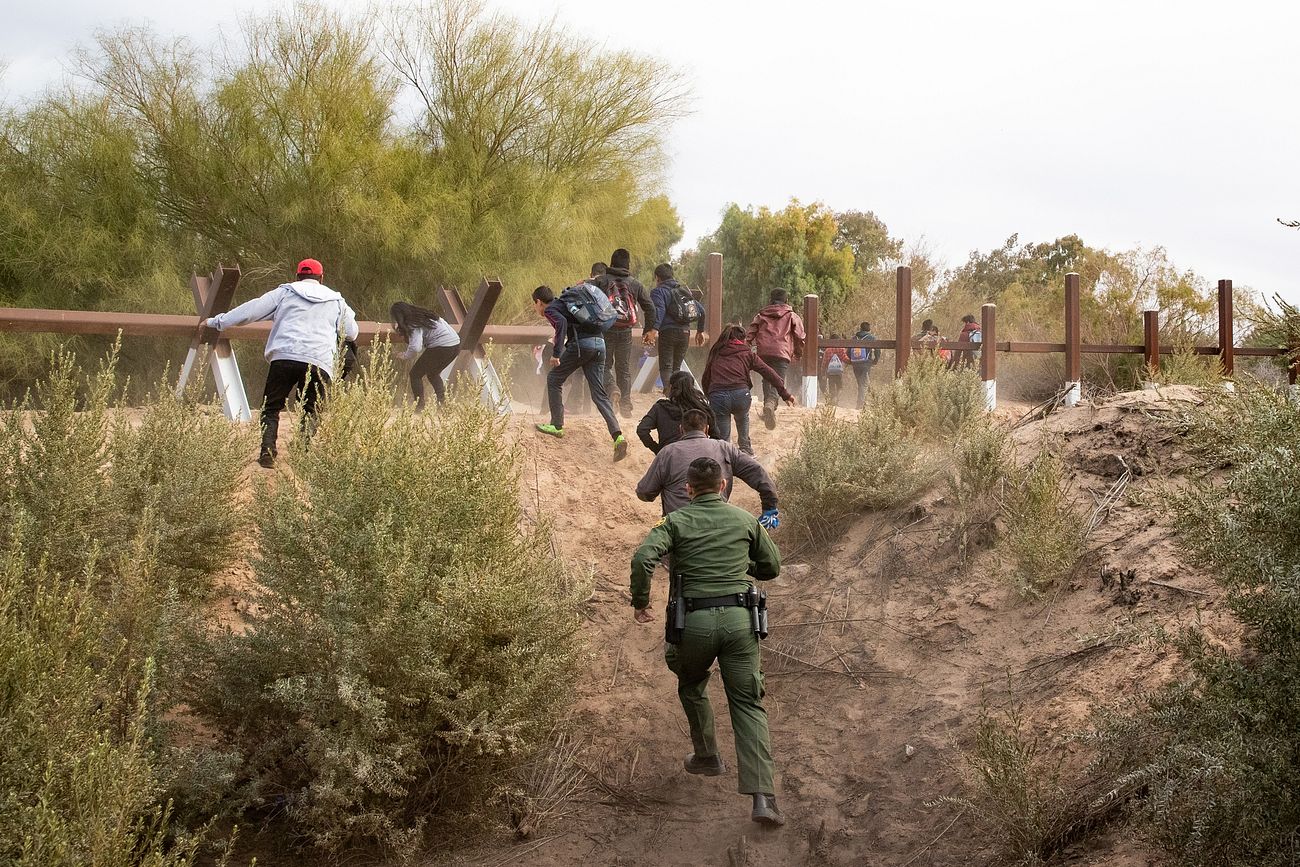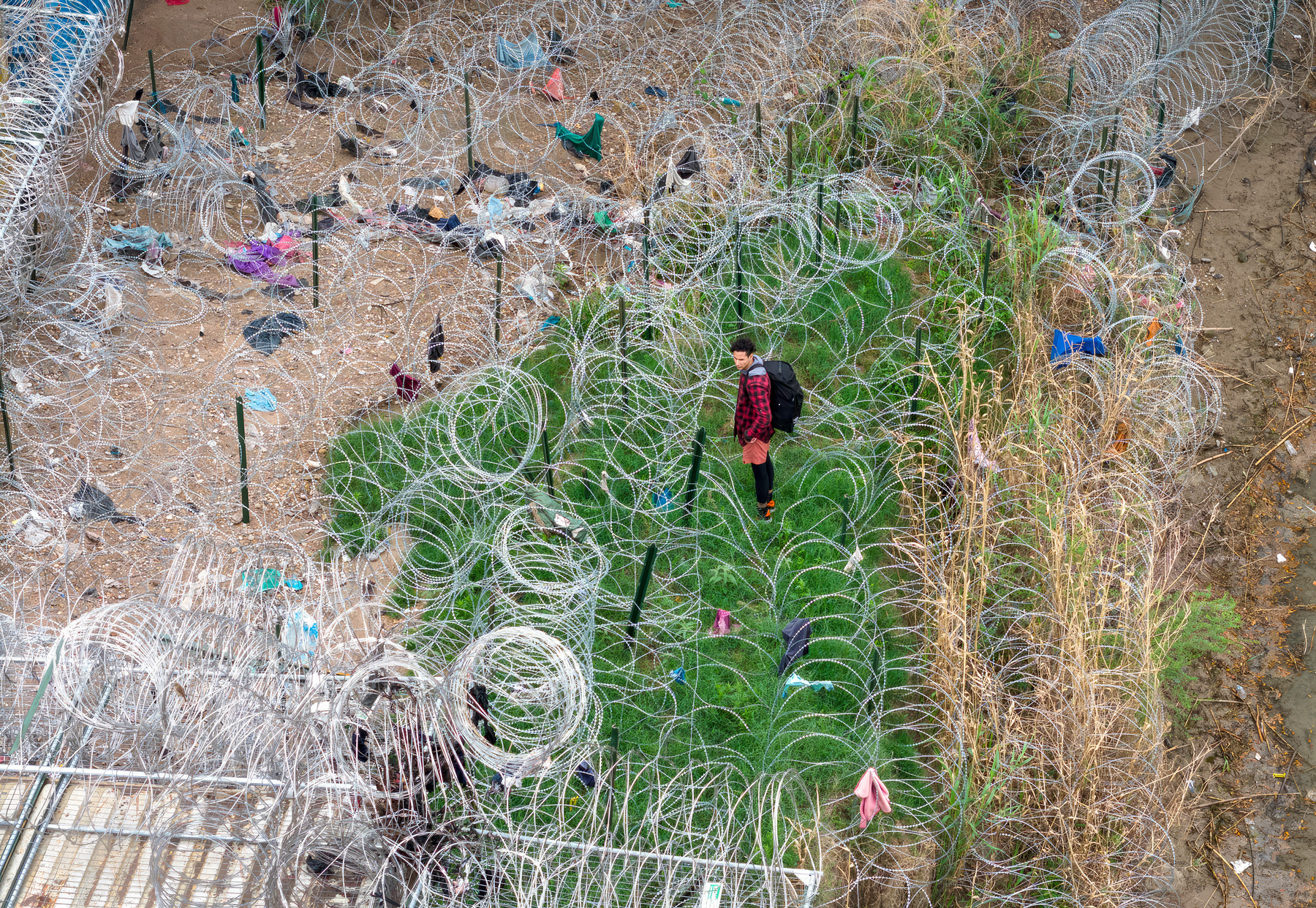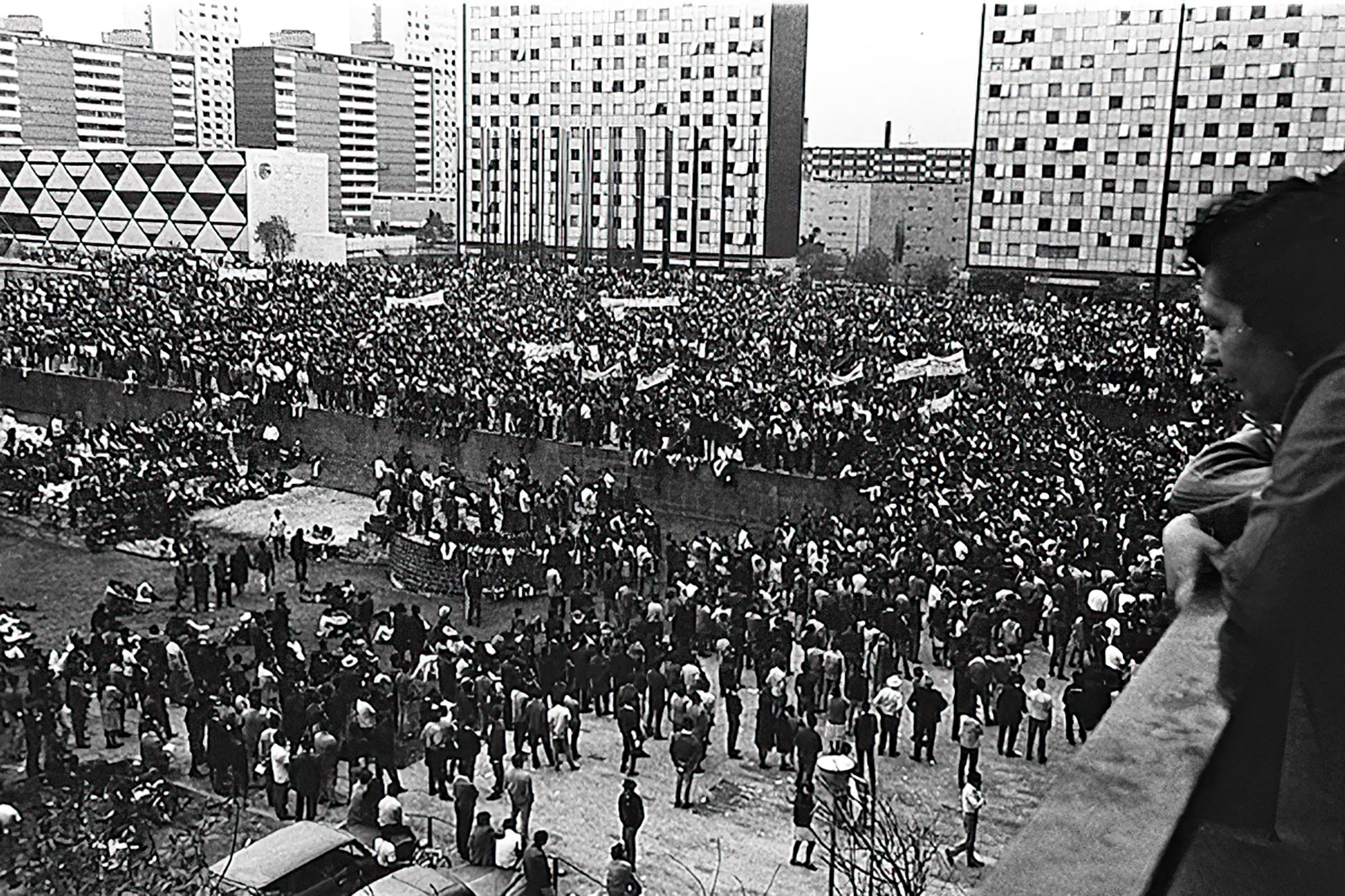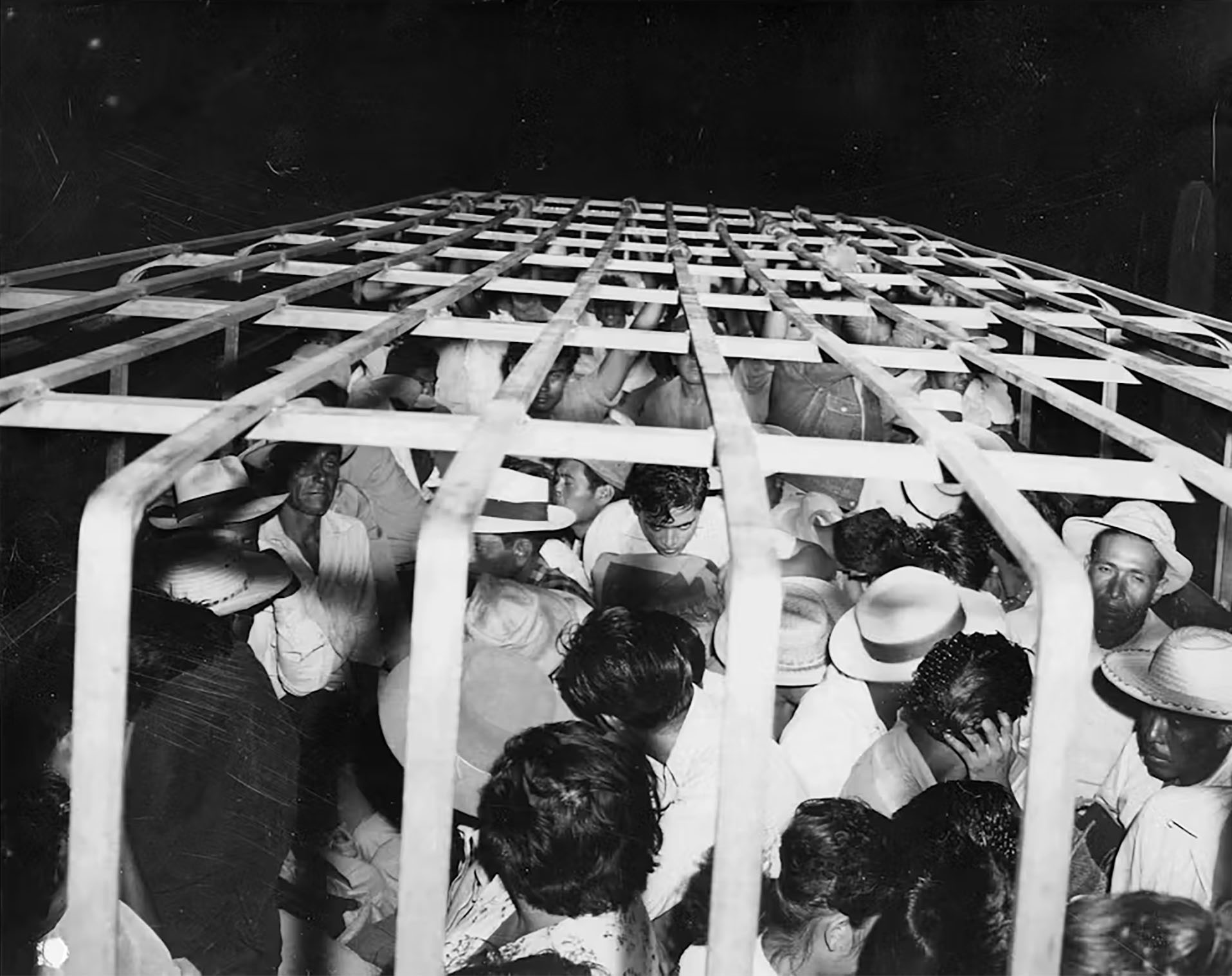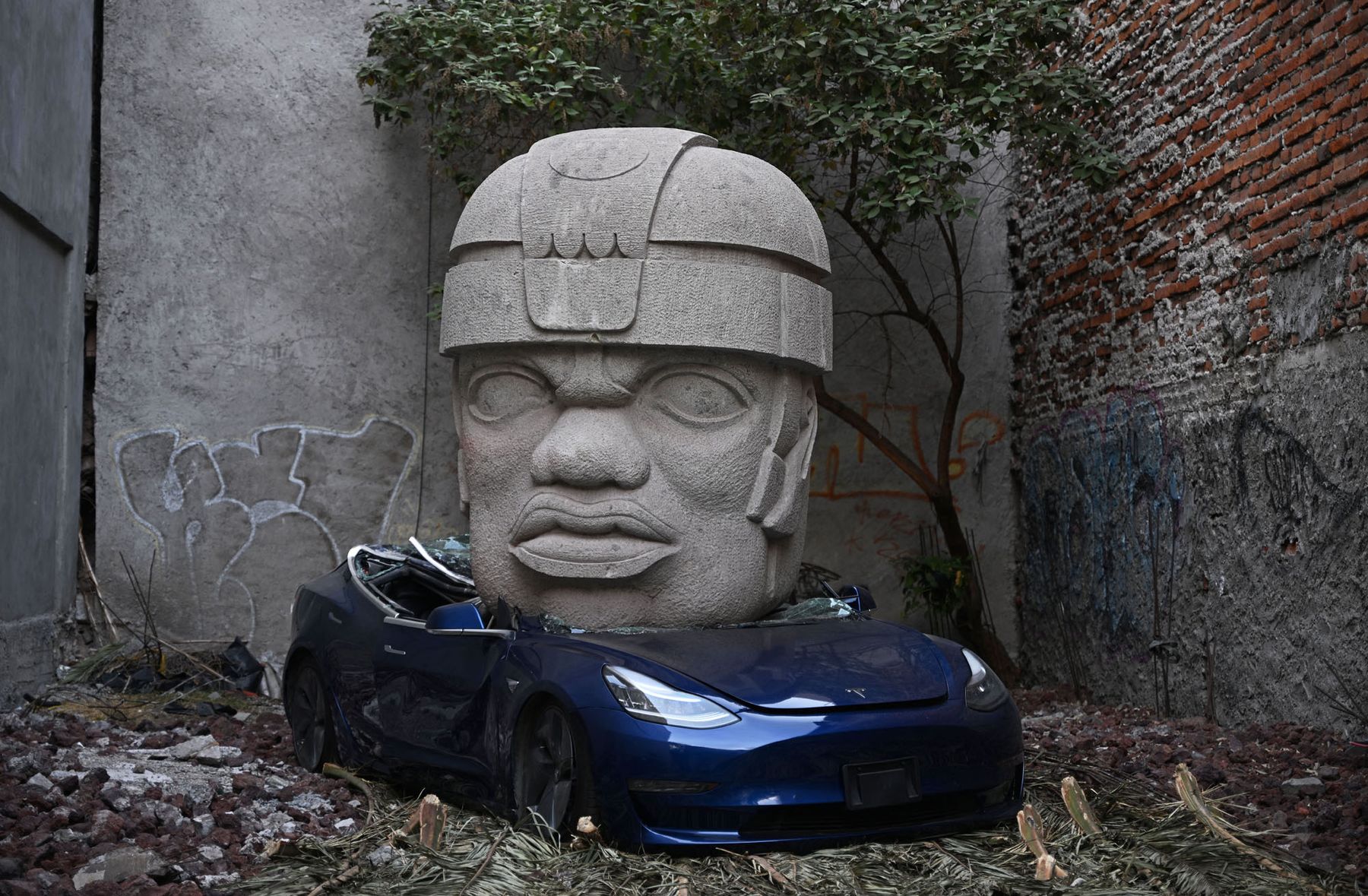"We rely on questioning everything the education system teaches us."
- Masewal is a 23-year-old woman who has approached self-management projects in the Mexican cooperative Tosepan. Coordinator of the project to revitalize the Nawat and Totonaku languages in the cooperative, speaks of self-training, gender relations and defense of the territory, among others. The Cooperation course for the Revitalization of Minority Languages organized by Garabide has been held for one month in Euskal Herria, together with twelve other members of the community.
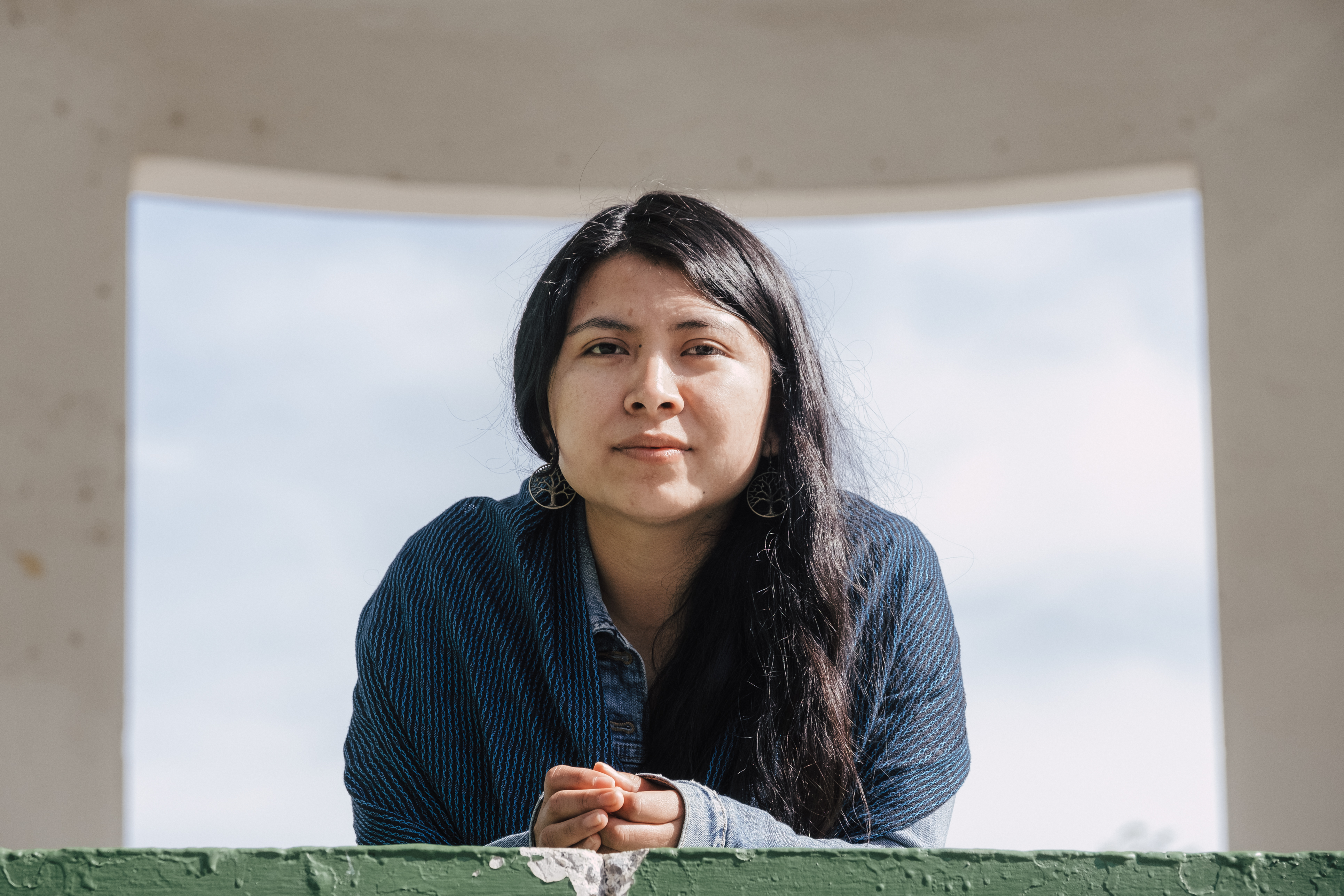
How do you locate the linguistic revitalization project in relation to other lines that you have to work on the development of your community and territory?
43 years ago, the Tosepan cooperative emerged for the needs of the communities at that time: selling sugar, coffee and pepper at fair prices. From there, more needs have been identified. Savings and loan cooperative, health cooperative, small school, tourism cooperative... In the years when important elements were incorporated, we began to think that everything had to make sense. And we started talking about identity, beyond dress and dance, understanding the loss of our language use as a problem. Identity, culture and language were incorporated as one more strategic element in a tree we have to describe good life (yteknemilis), in a comprehensive scheme.
We have met people from other linguistic communities who work exclusively on the subject of language. But for us, knowing that everything has to do with everything, it is clear that we cannot move forward if it is not in a more comprehensive way. It's impossible to work on the topic of language if you don't have food insured, if there's no water, if there's no energy, if there's no home. You can't dignify a person's life or make sure it's OK, without that. Therefore, no nawa speaker can be assured.
The issue of identity was on the table from the outset in the Tosepan cooperative, but no specific action was taken to address it. Nine years ago, we started working with Garider. And then it was introduced into our tree. An official land management commission was also created and an important argument for institutions to recognize the autonomy of communities was that we are Nawas, that we are indigenous.
You combine everyday work with a longer perspective, with long-term goals set as a community. How do you do it?
We have a life plan. It is documented in the code masewal. In 2018, we held participatory meetings with young people, grandparents, academics. We received what we dreamed of for our people for the next 40 years.
We ask tricky questions about what we need and each cooperative is completing the dialogue. Each for its theme. Health workers will ask more questions about our health, education, radio… This long life plan is also made in larger assemblies. For example, between 4,000 and 6,000 people participated in land defence.
We think in the long term, for example, what are we prepared to do to move towards energy autonomy? Next, for each cooperative there are similar processes of smaller size and shorter time to think about what to do annually.
How do they develop the thinking that feeds your transformation processes?
There is a training centre (Kalnemaxtiloyan) with training rooms, groceries, etc. It is always covered by some training offer. For example, on financial education, for young people or for the production of contenidos.Se, some of the ideas already accepted
are questioned and a collective, cooperative, human rights, social and solidarity vision is provided to the whole. About 50 promoters report and organize assemblies. They open conversations, always without hurts, and they talk a lot, ask, set criteria.

Therefore, is dialogue the main instrument for education and collective decisions?
Dialogue and information. We always think of the Community key. Do we need mobile telephony? What for? I need it because I have to sell the coffee, because if you're stealing it, I have to tell you, document the plants with pictures… We rely on questioning everything that the education system teaches us, even what we find on the Internet.
People have to know how the tools work, but also the problems that their use can cause: that you can spend all the gigas on the same day, what is the digital trail... All this information we offer in our idioma.En
regarding energy, it should be noted that the solar panels do not end the transformation to be made. Where does lithium come from? Of the mountains. We must therefore talk about reducing consumption.
What are intergenerational relationships like? How are knowledge and leadership transmitted?
Different times have touched us. We use different tools, different ways of doing and, at some point, different ways of thinking. But we have always had the intergenerational dialogue as a cross-cutting axis, allowing us to correct, not repeat the same mistakes and teach in both directions between adults and went venes.Creo which is a strength of the cooperative that guarantees success in many things. We seek to make representation of the age groups representative in the assemblies and in the projects. We have a lot of work in cooperativism and it works very well.
I'm a third-generation cooperative. Nobody in my family has ceased to be cooperative. It is a subject that has always been on the house table. What about the cooperative? How do we relate? My mother is single and I grew up in the assemblies. I left college and went to install solar panels. People who do value themselves more than people who say. And there was a recognition that validated me as a serious person in the family, in the community and in the cooperative. The effort is recognized and other responsibilities start taking on you.
What is the tension between tradition and innovation like?
There is a permanent dialogue. For example, in the energy sovereignty project, when we do our workshops we talk about what already existed (machetes, own designs to save wood,…). And also of the problems that exist, such as women breathing too much smoke. He always wonders what was before, what is now and what we want there to be in the future. We are talking and at the same time making decisions between all. But everything we do or dream about has to take into account the above and the present. We always ask these questions.
What about gender relations? Do you work? Have there been changes in time?
I have a more critical attitude there. The cooperative is still in its infancy. In the tree we use, no line speaks of women's life plan. At the bottom of the tree there are values. There is the value of equity, but it doesn't focus on gender equity. Women make up 74 percent of the cooperative. It is clear to me that what we need women must be the cooperative.
In the cooperative or in the communities, we do not live under the same conditions. The cooperative uses the word more, women are more empowered. But you come home and you continue to play the role women supposedly have to play: care, homework… and that is not questioned.
"When you know the other side of the world, you know yourself, with relationships with completely different people."
However, I believe that the cooperative, without cultivating it directly or without having a specific gender line, has contributed decisively to the empowerment of many of its members. A cooperative woman is not like a woman who has not been trained. You notice a lot. They are women who speak more, do more, have leadership positions in their communities, make decisions.
But I also believe that we continue to reproduce certain tasks and spaces relating to women (a tortillery, the production of jam). Care at all times related to food and health. In energy training we were over 50 and only two women. I believe that the cooperative has not questioned it sufficiently. Slow down. We should devote more time to it.
You are based on self-organization. What is the relationship with public administration?
We began a process of self-management because the Mexican Government guaranteed as little as possible the fundamental rights of communities. To this end, cooperatives were created to meet needs not covered by the Government. Over the years, a few times, because of the results obtained, the government has approached. And we, too, have approached each other. Because we don't deny that we are part of Mexico, we are not Mexico, but we are part of Mexico. And the decisions and laws that are made to us afectan.En the
cooperative have a small school that we pay, and not the government. We need classes to be taught in nawat, we teach farming life… It consumes us a very important part of our income. We do it with love, but why should it be that way? We are now talking about teachers being charged from the government.
We have leveraged public programmes to realize some community needs. They have been short-term spaces and our work proposals have not always been respected. When there is no dialogue, when there is no listening attitude, we do not. Sometimes this relationship erodes a lot.

What are the biggest challenges from the point of view of nawat and totonaku languages today?
Standardization is a great challenge. The Nawat language has 23 variants. It's hard to write and read. You see it written differently in both places. Moreover, everyone cannot read. Standardization would allow us to gain a lot of space and access new features. Efforts have been made but there is not enough consensus. We are the most spoken indigenous language in Mexico, with over 1,600,000 speakers, and it is more difficult for us to agree than other smaller languages.
Public administration policies are null and void, lack of interest and lack of sensitivity. The influence and strengthening of minority languages is hardly appreciated. And it is difficult for there to be sustainable projects and efforts in that direction. It is very likely that a project will be created and progress cannot be made because there are no resources.
Where is the nawat language strong and where is it weak? When and where is it needed?
Our number of speakers is decreasing because we stop broadcasting our language. We have a challenge in the education system. The system really punishes you for speaking your language, for the color of your skin, and sends you another world of money if you have another life plan. People just lose their personality and their roots. If the family and parents live in that world and in that system, it is difficult for the new generations not to follow that path.
Another challenge is to expand our linguistic corpus. It is currently used in the family, in the home, in the community. Private spaces and family and community scale. But there are issues like technologies, that we don't have words to talk about a lot, there are no dictionaries. And we don't have the academy to create and standardize the dictionary. We do workshops to explain that it's not just familiar and traditional, and we're working on it.

What are the implications of digitization in your languages?
It has many consequences. We see everything in Spanish. And we feel that we don't need our language to live in this world. It can be done in Spanish or English. There are no messages that tell you explicitly to stop speaking in your language, but many stories or logics lead you to idealize and tell you to go through your territory and stop being your thing. Also in content for young children. You can't find anything about your story.
What role does art and cultural creation play in their communities? Does it relate to language processes?
Audiovisual media have a great capacity to transmit content assertively. Today is the day we use most short films and documentaries. Run over.
Outside the cooperative, but in our environment, there is an art gallery that incorporates the sense of identity into its works. The urban environment of Cuetzalán has been transformed with images and drawings. They are carried out in a participatory way; the process serves for young people to speak. And they're usually images of traditional dances. It is nice to know that we look fondly at the roots and that they serve us to make art. Cuetzalan is a tourist village that is offered to visitors.
How do you understand the struggle for the roots and international relations that they develop with other actors?
These exchanges are windows to extend the view. It is quite common to believe that we are the only ones who experience what happens to us and not to find a hopeful vision. Because in Mexico there is a similar reality. But knowing the other side of the world, above all differences, you know yourself through the relationship with absolutely different people. It takes you to better understand the planet, to complete your worldview. And thought transforms you into a mental process, and then it lets you turn your person and what you do at home. As for the organization, it has given us another position of prestige to value and obtain other means. In addition to what we've seen, they've seen us. And that creates new opportunities.
Mexikoko bi emakume hauen bizitzak indarkeriak eta desplazamenduak zeharkatzen ditu. Haien familiako edo komunitateko kideak hiltzen ikusi dituzte, eta krimen antolatuak zabaltzen duen terrorea azalean sentitu dute; mehatxuak, jazarpena... ohiko dituzte. Baina horrek guztiak... [+]
It was impossible to guess who was or who was the motto I read, but who was!
Ángel González Olvera was known in Mexico 11 years ago when the bertsolaris invited us to a few days with their improvisers. He lived on a high hill, feeding on birds, pigeons, pigeons, hedgehogs,... [+]
Born 2 October 1968. A few months earlier, the student movement started on June 22 organized a rally in the Plaza de las Tres Cultura, in the Nonoalco-Tlatelolco unit of the city. The students gathered by the Mexican army and the paramilitary group Olympia Battalion were... [+]
In the desert of Coahuila (Mexico), in the dunes of Bilbao, remains of a human skeleton have been found. After being studied by archaeologists, they conclude that they are between 95 and 1250 years old and that they are related to the culture of Candelaria.
The finding has been... [+]









